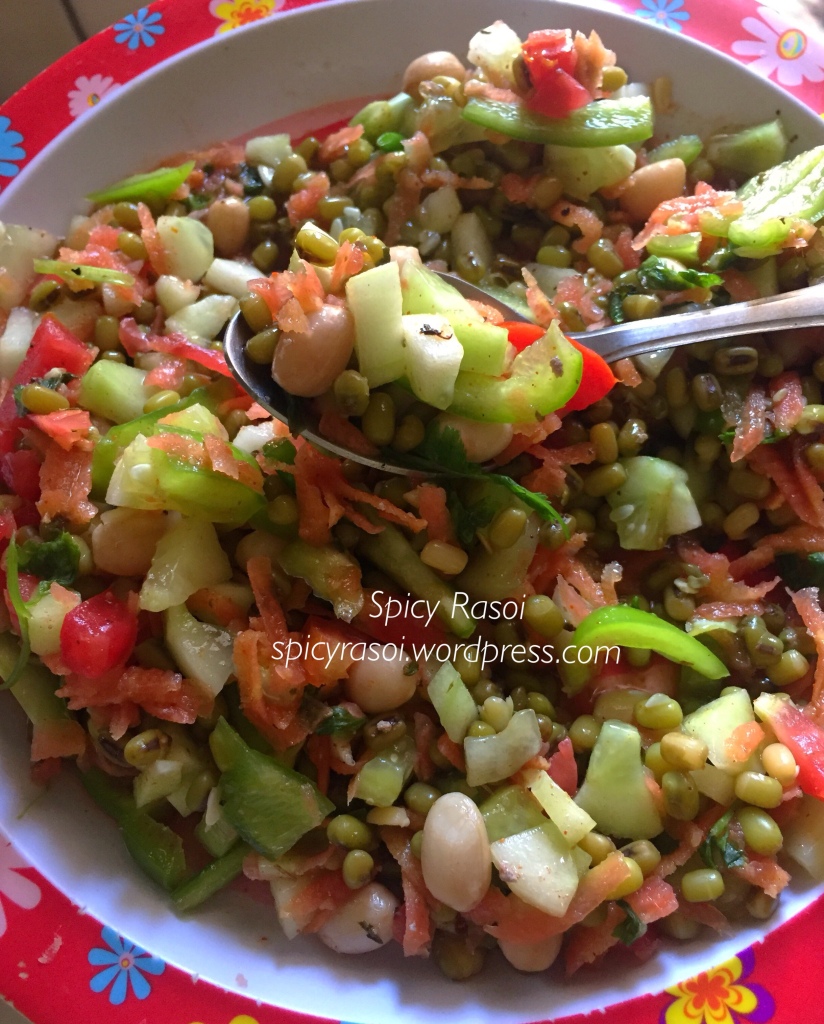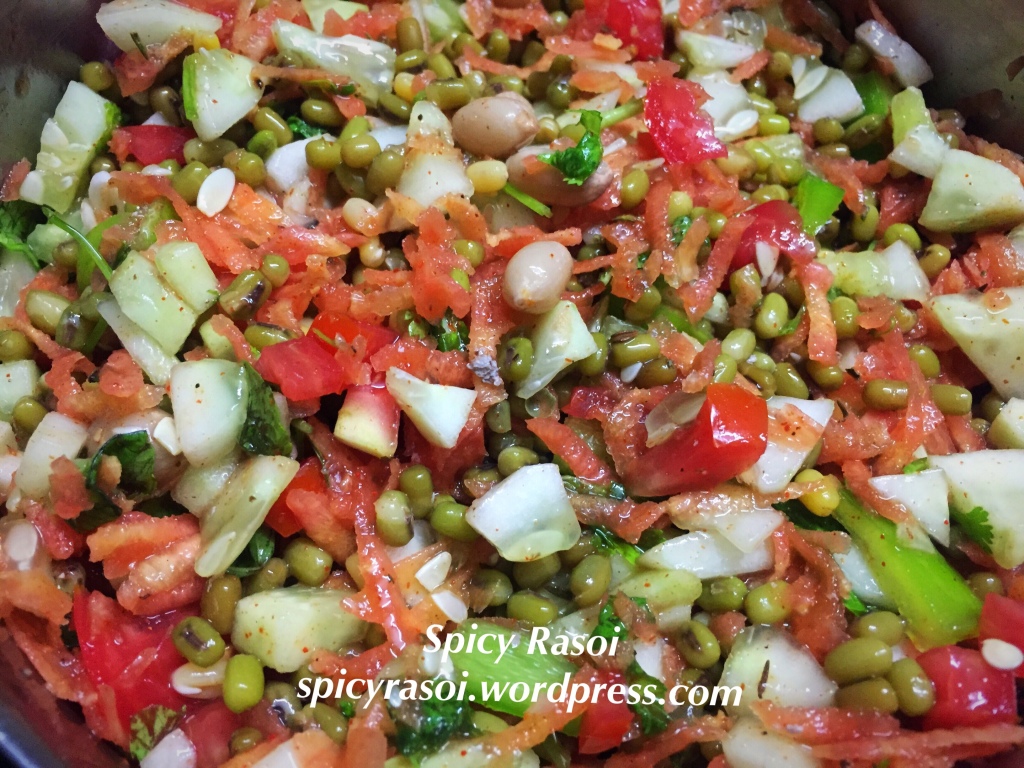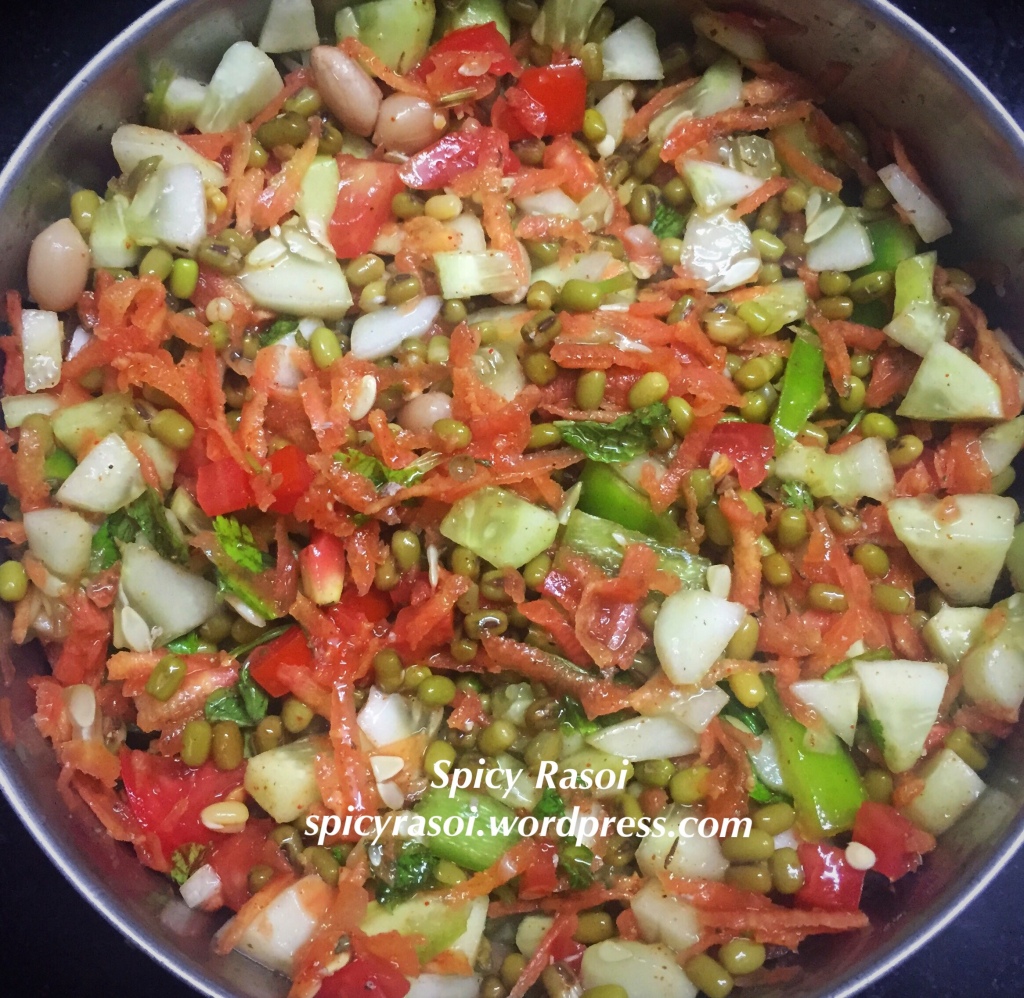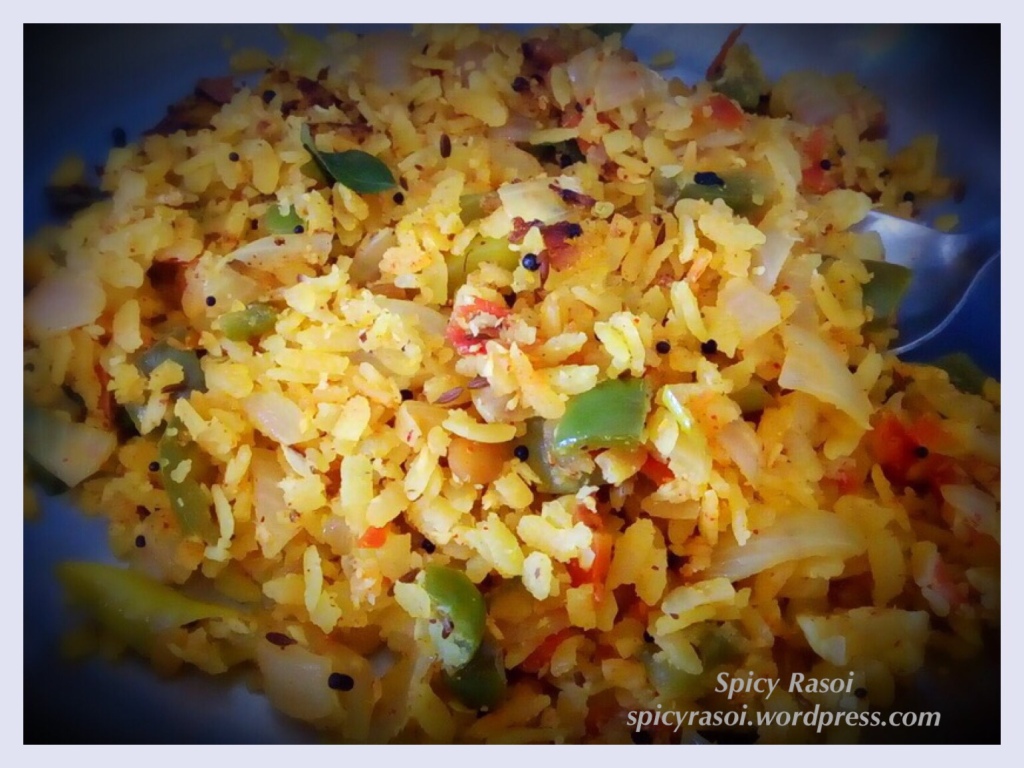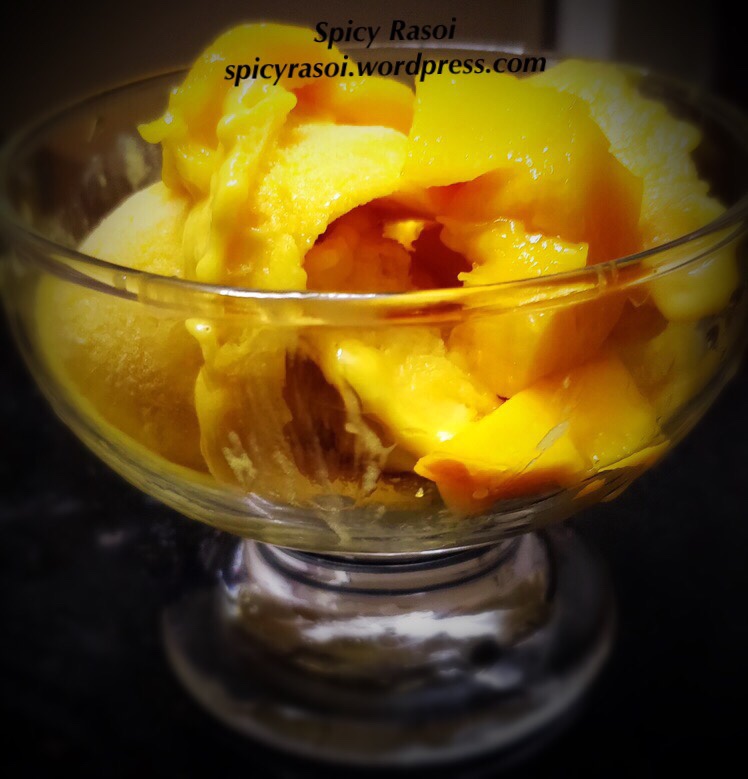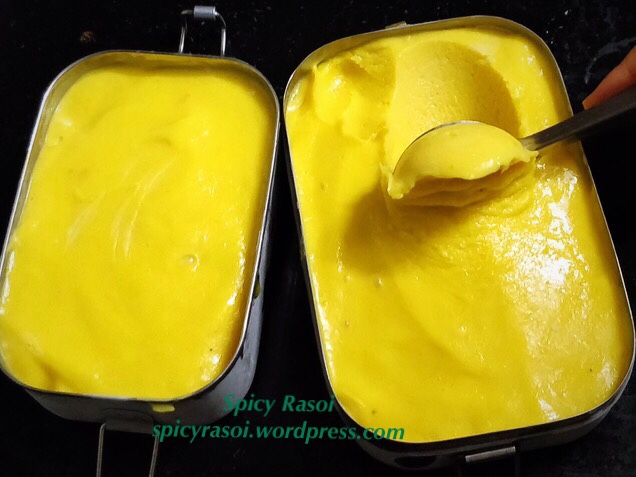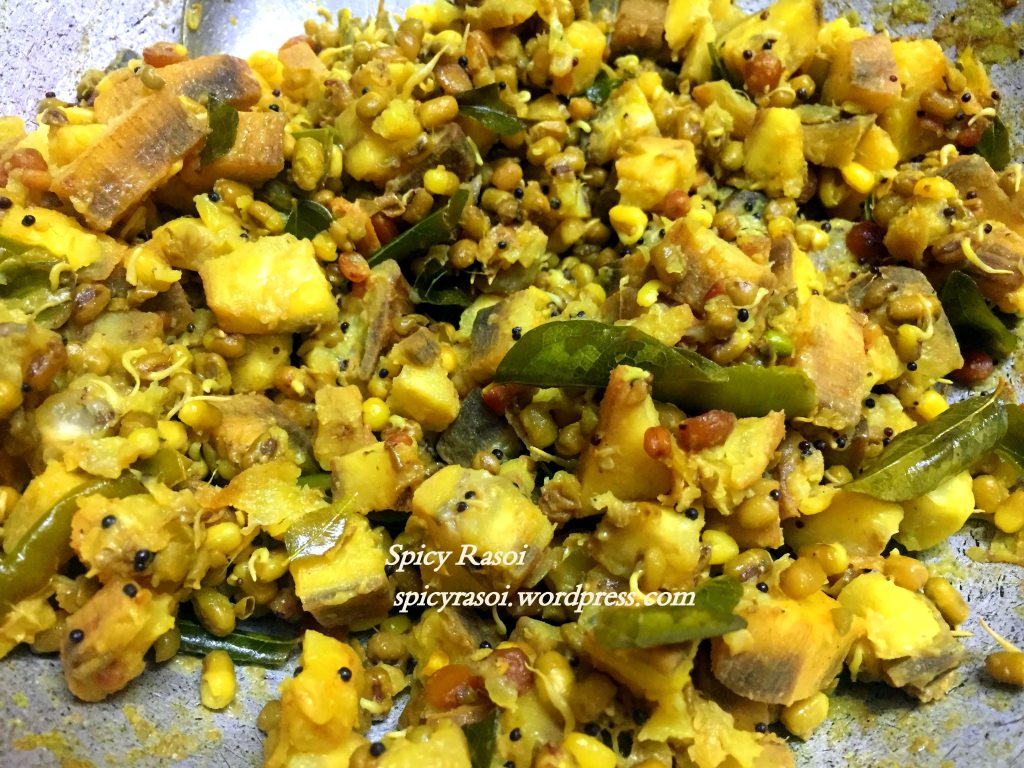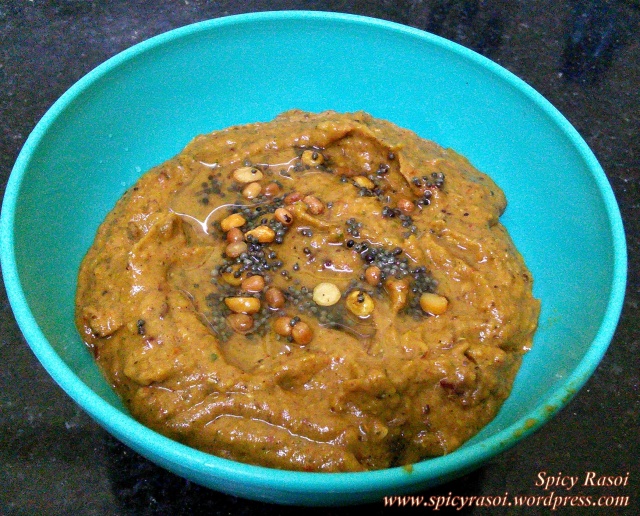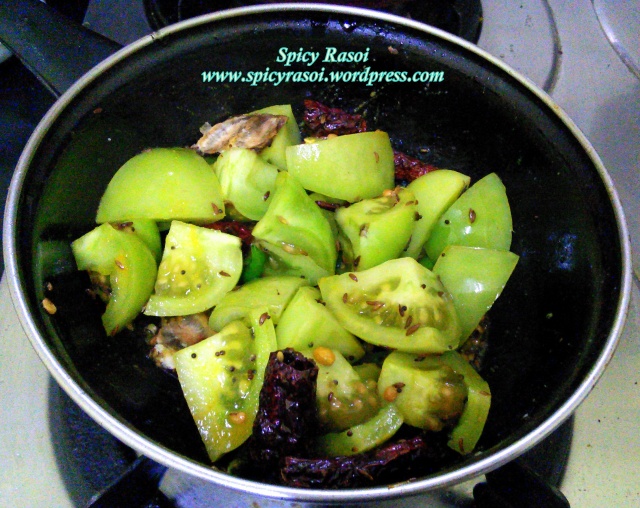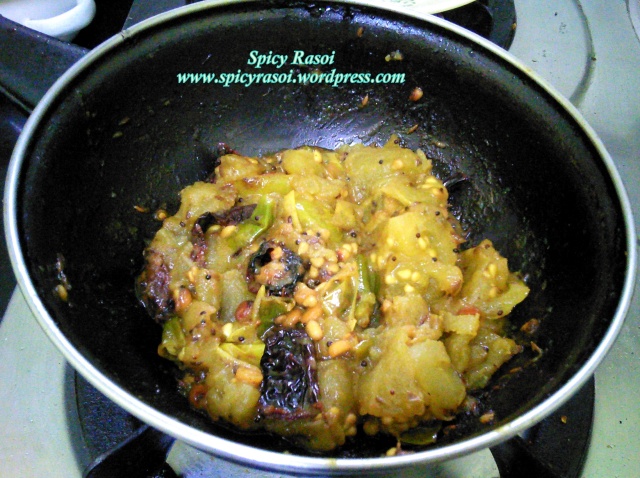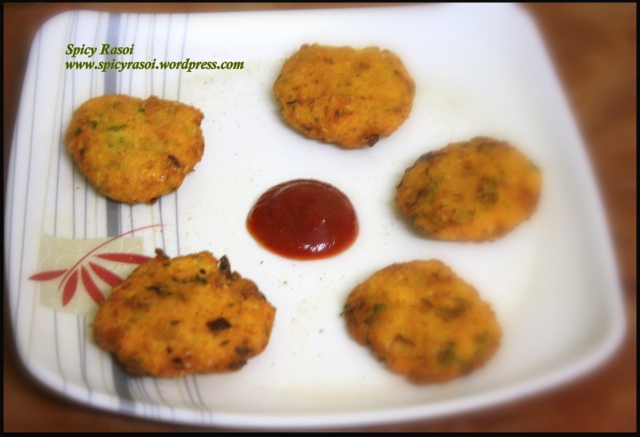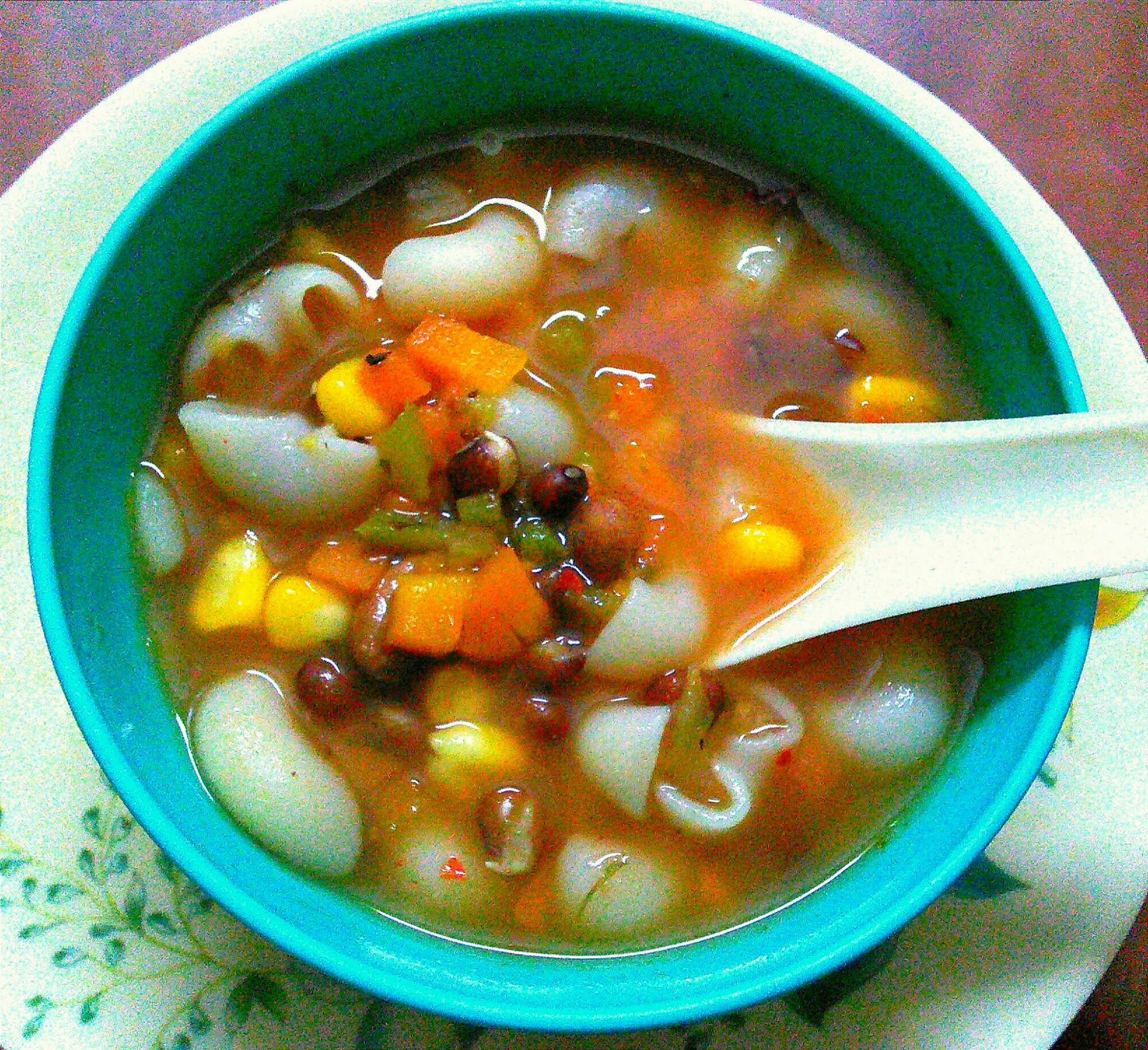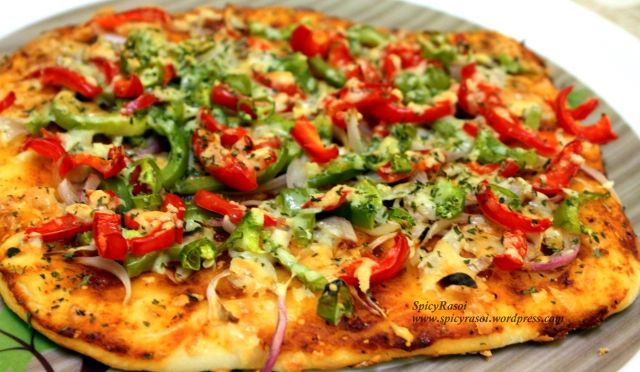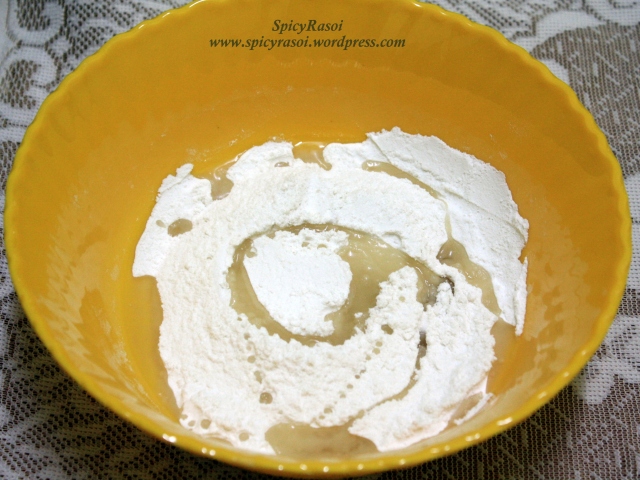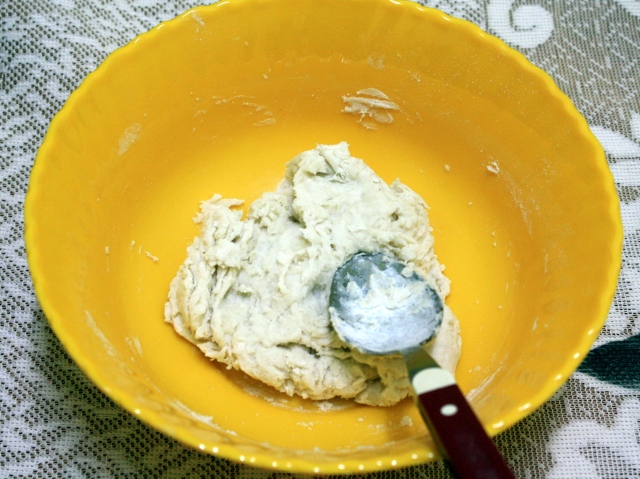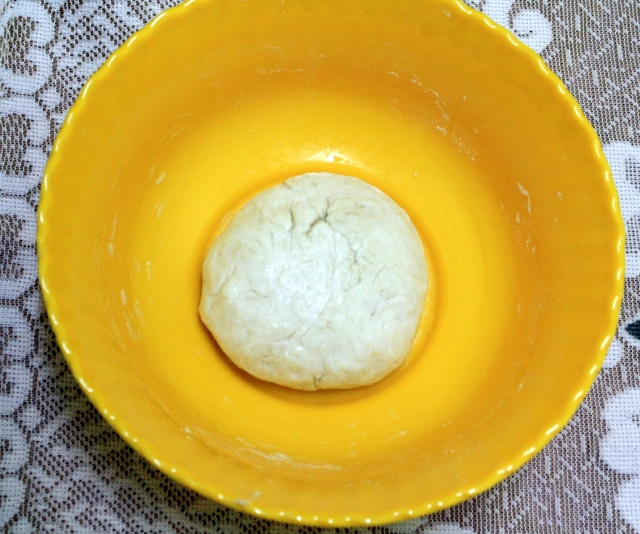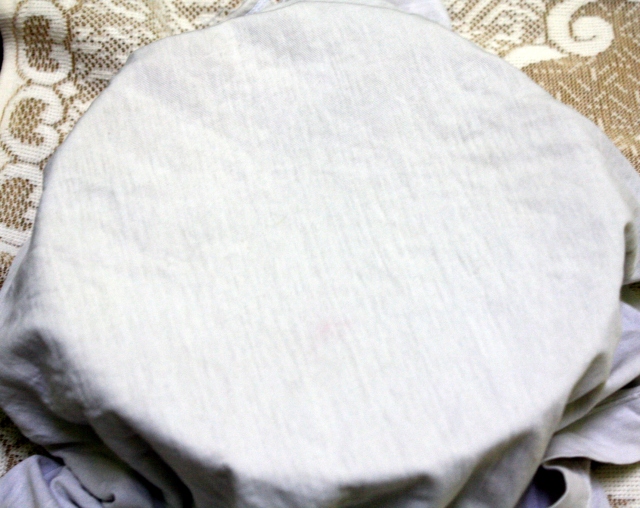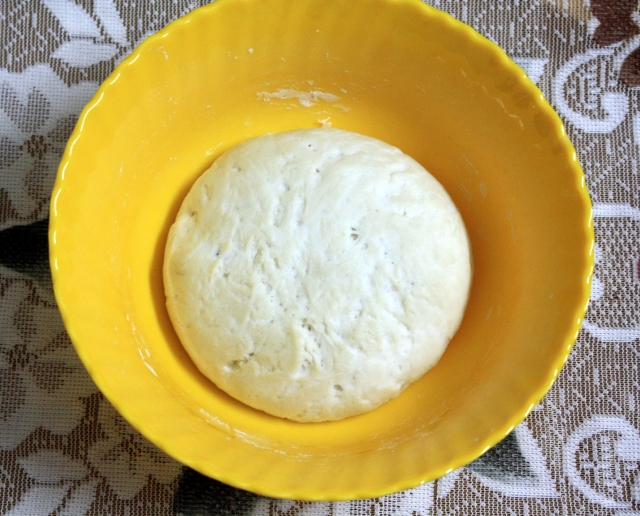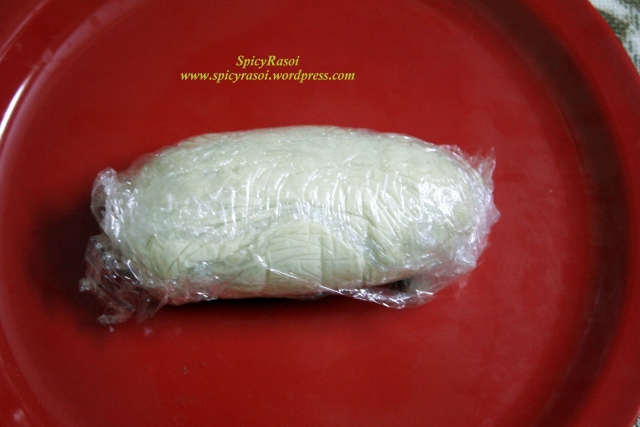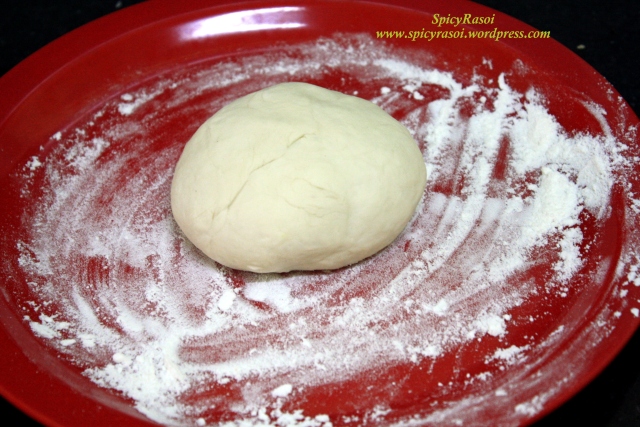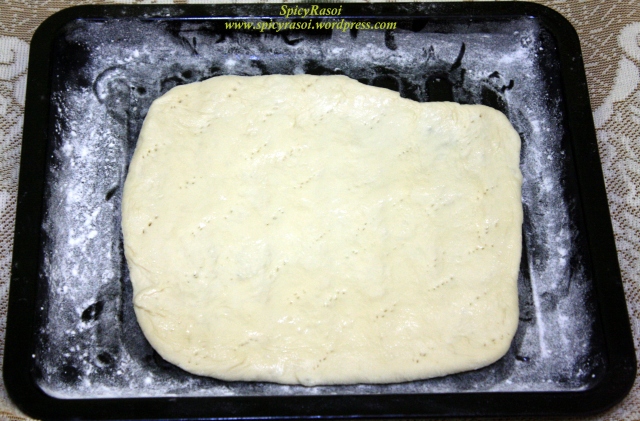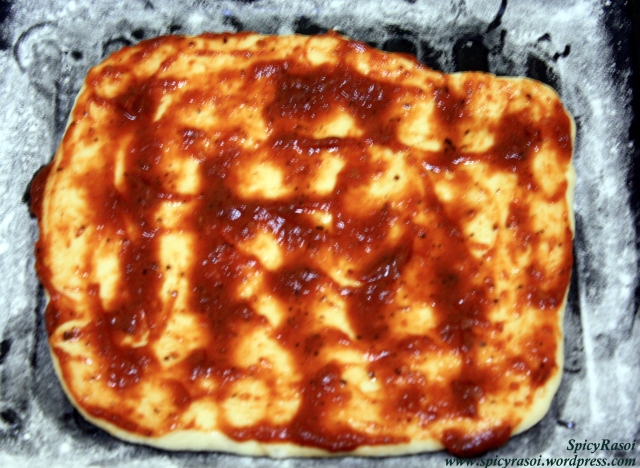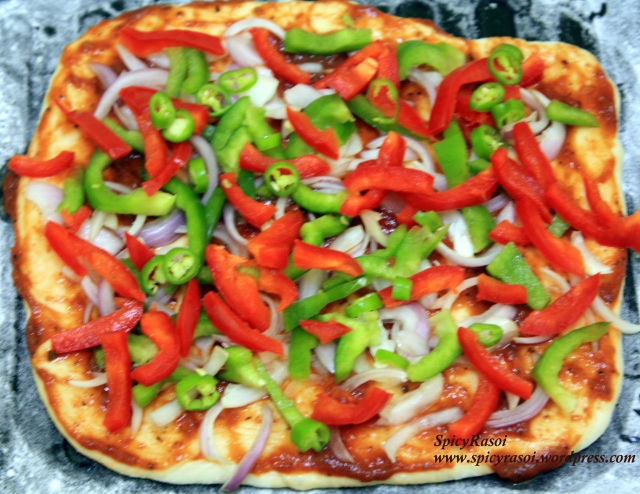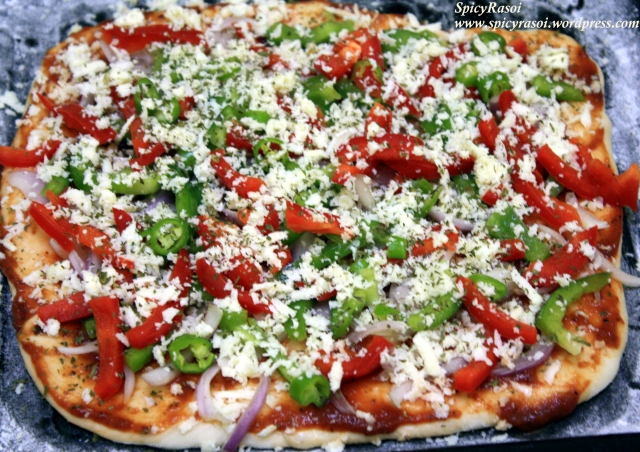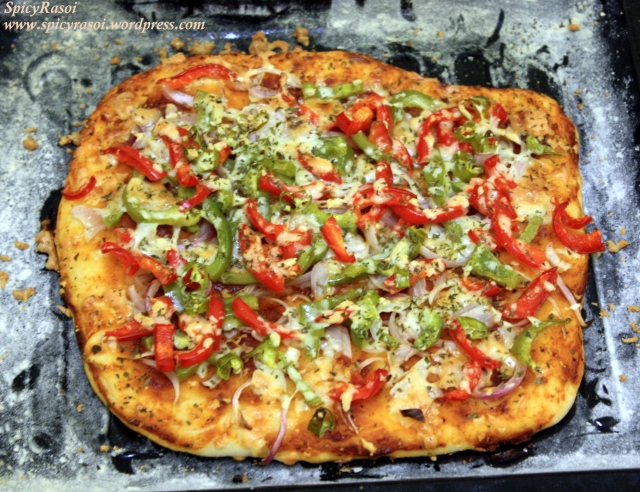Ridge gourd known as Beerakaya (telugu) or Turai (hindi) or Luffa (in other countries) is a dark green vegetable which is rough on outside with white fibrous pulp inside. Another kind of Ridge gourd is Sponge Gourd or Silk Squash called Nethi Beerayakaya (telugu) which has similar texture inside but a smoother texture outside. It contains abundant dietary fiber, vitamin C, riboflavin, zinc, thiamine, iron, magnesium and manganese.
It is highly recommended by health experts and doctors for its medicinal properties. Ridge gourd is good for stomach and effective in reducing constipation, purifies blood, cures jaundice, beneficial for diabetics due to the existence of insulin, aids weight loss due to its low saturated fat content, possesses anti-inflammatory and anti-biotic properties, strengthens immune system, excellent for skin care and is utilized in making loofah sponge which is used as a body scrub. Ridge gourd is abundantly used in Indian cooking for making curry, dal or sambhar.
I love stuffed curries – be it brinjal, capsicum, tindora, bendi… and they are a big hit at my house!! Usually Ridge gourd is not something that many enjoy or love due it its soft watery texture. So if you are looking for a different variety for any special occasion with Ridge gourd, go for this recipe. You can either use this recipe to make stuffed-curry with either the regular Ridge gourd or Sponge gourd. It goes well with both rice or rotis.
Ingredients:
For Stuffing:
Peanuts – 3-4 tbsp
Sesame seeds – 3 tbsp
Dry coconut (grated/pieces) – 2 tbsp
Dhania – 3 tbsp
Dry Red chilli – 5-6 No
Turmeric – 1 tsp
Salt – 2 tsp
For curry:
Ridge-gourd – 2 No’s
Curry Leaves – 1 sprig
Coriander – handful (finely chopped)
Oil – 3 tbsp
Mustard seeds – 2 tsp
Jeera – 2 tsp
Method:
- Dry Roast peanuts, sesame seeds, dry coconut, dry chillies separately and let it cool.
- Transfer into a grinder, add salt and turmeric and grind into a coarse powder.
- Peel the Ridge-gourd and cut into 3-4 inch long pieces.
- Take each piece, make a slit carefully on one side upto 3/4th depth without cutting through the other side.
- Now fill the slits with the stuffing generously.
- Keep rest of the stuffing aside, which will be used as a gravy for the curry.
- Heat a wide pan and add oil to it.
- Once the oil is hot, add mustard, jeera, curry leaves and coriander.
- Now place all the stuffed ridge-gourd pieces carefully into the pan with the stuffing side on top.
- Cover the pan with a lid and cook on low-medium flame for 6-8 mins.
- Now, you can gently turn all the pieces and cover the pan again to let the other sides of vegetable cook for another 4-5 mins.
- Next add rest of stuffing powder and give a gentle mix. Cook for another 4-5 mins till all the water evaporates.
- Garnish with coriander and serve hot.
Cooking Tips:
- Check the Ridge gourd taste before cooking. Sometimes they are very bitter and cannot be used fro cooking.
- Same stuffing can be used to make stuffed brinjal (vankaya) or stuffed tindora (dondakaya).
- If you want the curry to be dry, do not use the lid, instead cook on medium-high flame and keep turning the pieces every 2-3 minutes.








